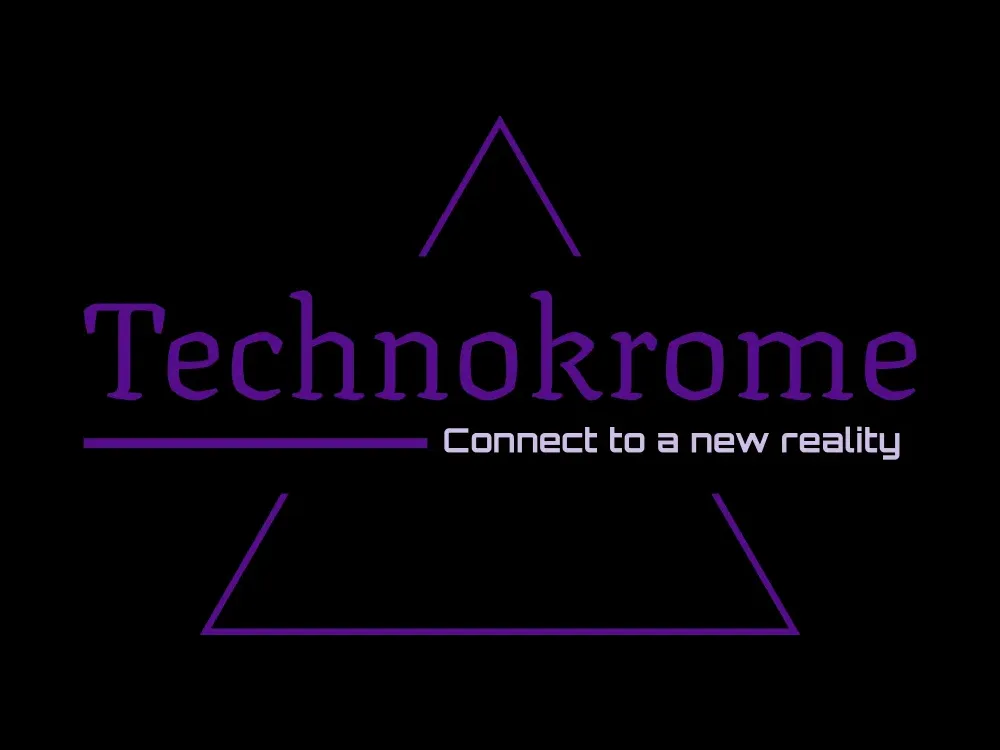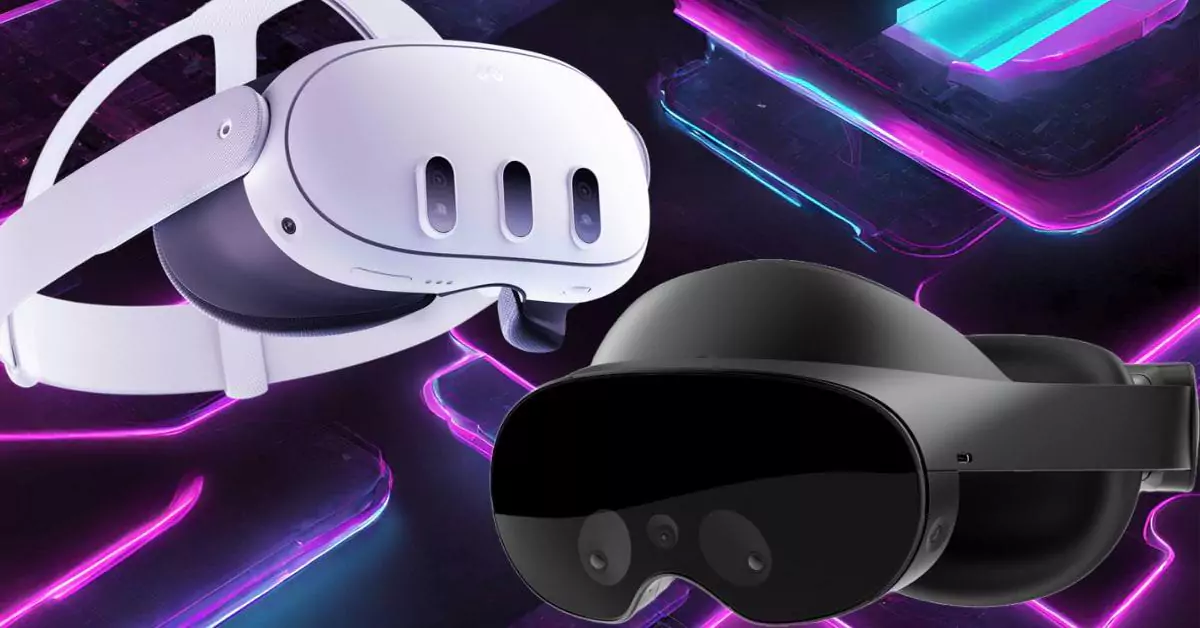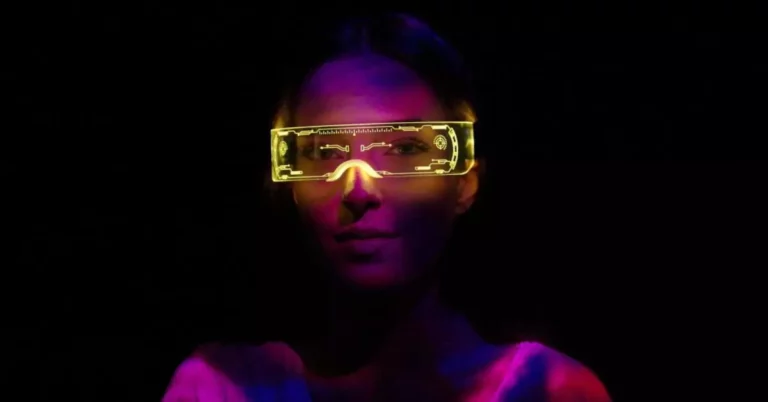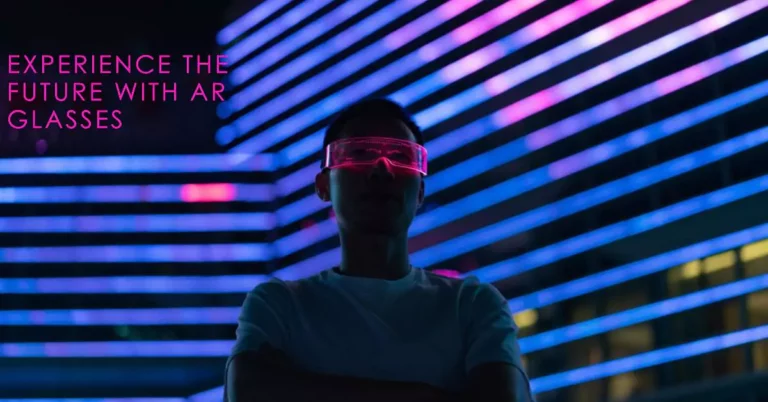Welcome to our comprehensive comparison of two of the most popular VR headsets on the market: the Meta Quest 3 and Meta Quest Pro. If you’re considering diving into the immersive world of virtual reality, these two devices deserve your attention.
The Quest Pro, a flagship product, impressed users with its premium features like foveated rendering and lightweight pancake lenses. On the other hand, the Quest 3 is eagerly anticipated for its advancements over the Quest 2 and its promise of affordability.
In this article we will be exploring their similarities and differences to help you make an informed decision. We will also break down the key features and capabilities of both headsets, providing you with a clear understanding of what each has to offer.
Whether you’re a gaming enthusiast, content creator, or simply seeking a new way to experience digital realms, we’ve got you covered. So, put on your virtual seatbelt and let’s go!
Table of Contents
Performance
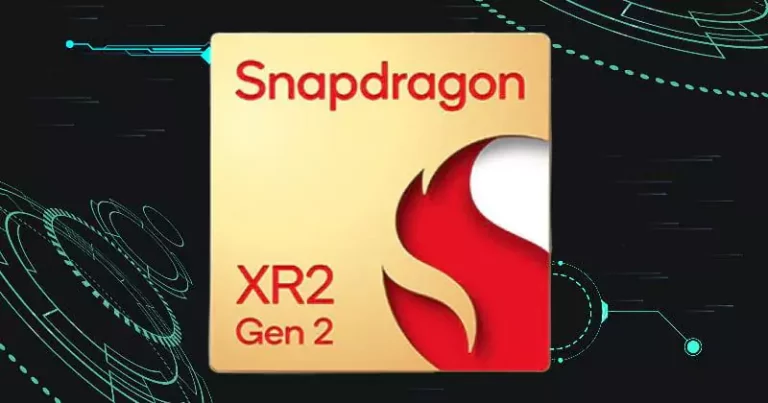
The Meta Quest 3 is powered by the Qualcomm Snapdragon XR2 Gen 2 processor, while the Meta Quest Pro is powered by the Qualcomm Snapdragon XR2+ processor.
The Snapdragon XR2+ processor offers a marginal improvement compared to the other, yet I would not call it a significant difference.
The Quest 3’s new Qualcomm Snapdragon XR2 Gen 2 SoC brings excitement and anticipation. Being a new chipset, its performance is yet to be fully explored, but it promises improvements over its predecessor, the XR2.
This chipset is likely to handle most VR applications and games with ease, delivering an enjoyable and smooth experience.
On the other hand, the Quest Pro’s Qualcomm Snapdragon XR2+ chipset has already proven its capabilities in the VR space. Users can expect top-notch performance and efficiency from this powerful processor.
While the Quest 3’s new chipset shows potential, the XR2+ is a reliable choice for those seeking high-performance VR experiences. This one is known for its raw processing prowess and efficiency – and already has a track record of delivering exceptional performance.
Both headsets offer a smooth and immersive VR experience. However, the Meta Quest 3 may have a slight edge in terms of performance, especially for demanding VR games.
This is because the Meta Quest 3 has more RAM (12GB) than the Meta Quest Pro (6GB). However, the difference in performance is not significant, and both headsets will be able to handle most VR games.
Difference in Processors
> Qualcomm Snapdragon XR2 Gen 2
The Snapdragon XR2 Gen 2 SoC is the latest and greatest from Qualcomm for Extended Reality (XR) headsets. It was announced in May 2023 and offers a number of improvements over the previous generation Snapdragon XR2 SoC.
Key Features
- A 4nm process node, which is the latest and most efficient process node available. This allows the Snapdragon XR2 Gen 2 SoC to offer improved performance and of course, an improved battery life.
- A new Adreno 740 GPU, whichhas shown to outperform the Adreno 650 GPU in the Snapdragon XR2 SoC by 5% in terms of average gaming performance and by 3% in terms of average gaming frame rate. This allows for smoother and more immersive XR experiences.
- A new Hexagon 780 AI Engine, which is 2x more powerful than the Hexagon 690 AI Engine in the Snapdragon XR2 SoC. This allows for more realistic and interactive XR experiences.
- Support for up to 120Hz displays, which can provide smoother and more responsive visuals.
- Support for up to 16 cameras, which can be used for tracking and gesture recognition.
> Qualcomm Snapdragon XR2+
The Snapdragon XR2+ is a minor upgrade to the Snapdragon XR2 SoC. It was announced in October 2022 and offers a few key improvements over the previous generation chip.
Key Features
- A 5nm process node, which is slightly more efficient than the 7nm process node in the Snapdragon XR2 SoC. This can lead to improved battery life.
- A slightly faster CPU and GPU than the XR2 Gen 1.
- Improved thermal performance, which can help to prevent the headset from overheating.
- Support for higher resolutions and frame rates.
How They Differ
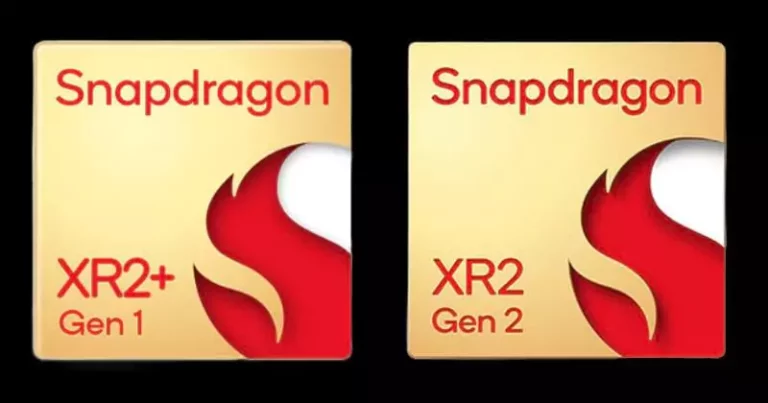
The Snapdragon XR2 Gen 2 SoC and the Snapdragon XR2+ are both powerful chips that can deliver great XR experiences. However, there are a few key differences between the two chips:
- The Snapdragon XR2 Gen 2 SoC is newer and more powerful than the Snapdragon XR2+. It has a newer process node, a faster GPU, and a more powerful AI Engine.
- The Snapdragon XR2 Gen 2 SoC also supports higher resolutions and frame rates than the Snapdragon XR2+.
- The Snapdragon XR2 Gen 2 SoC is expected to be used in high-end XR headsets, such as the Meta Quest 3 and the Sony PSVR 2. The Snapdragon XR2+ is more likely to be used in mid-range and budget XR headsets.
Storage Variants
While the Quest 3 is expected to launch with a base variant offering 128GB of onboard storage, there is also the more spacious 256GB variant that is available at a higher price. This offers users the flexibility to choose a storage option that suits their needs and budget.
In contrast, the Quest Pro comes with a single variant offering 256GB of storage, which may be sufficient for most users. However, the absence of additional storage options might limit flexibility for those with more substantial storage needs.
Importance of Storage in VR Devices
A substantial amount of storage is indispensable for Virtual Reality devices, serving as a cornerstone for an immersive and seamless experience.
This requirement arises from the unique nature of VR content, which demands high-resolution visuals, 3D environments, spatial audio, and real-time interactivity.
Adequate storage is vital for storing these data-intensive elements and ensuring smooth, uninterrupted usage.
In VR, storage is not just about housing the applications themselves; it encompasses a plethora of elements. These include high-definition textures, 360-degree videos, complex models, interactive environments, and user-generated content.
Insufficient storage can lead to frequent loading times, degraded visual quality, and restricted access to content.
Consider a VR gaming scenario where a user explores expansive virtual worlds. Without ample storage, the device would struggle to load detailed landscapes, dynamic elements, and intricate textures, severely undermining the immersive potential.
Similarly, educational and professional VR applications require ample storage to host diverse content, from medical simulations to architectural walkthroughs.
To add to this – updates, patches, and additional content can rapidly consume storage. Users should have the freedom to explore and install new experiences without worrying about running out of space.
Adequate storage capacity is pivotal for VR devices, accommodating the richness of VR content and empowering users to engage with the technology in its full splendor.
It ensures optimal performance, enhances the immersive experience, and offers flexibility for future growth when it comes to different VR and MR applications.
Display
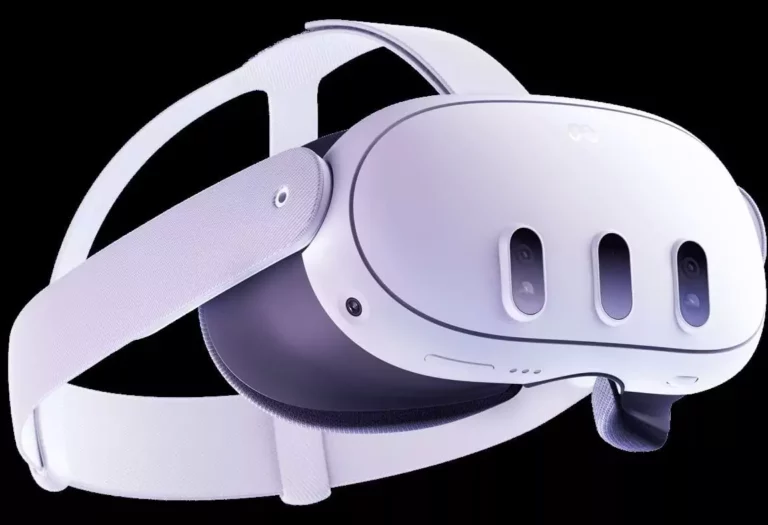
The Meta Quest 3 has a higher display resolution than the Meta Quest Pro. This means that the images on the Meta Quest 3 are sharper and more detailed.
However, the Meta Quest Pro has a wider field of view, which can make the VR experience more immersive.
The Meta Quest 3 has a resolution of 2,064 x 2,208 pixels per eye, while the Meta Quest Pro has a resolution of 1832 x 1920 pixels per eye.
The Quest 3 boasts a noticeable field of view (FOV) spanning 104° horizontally and 96° vertically, whereas the Pro offers a visible FOV of 106° horizontally and 95.57° diagonally. This means that both headsets offer a similar field of view in your VR application, allowing you to immerse yourself in your virtual surroundings.
You could say its roughly the same, but rendered FoV and the Peak Pixel Density is yet to be revealed for the Quest 3 so there cannot be an accurate display comparison between the two, as of now.
We have heard of reports that the Quest 3 has an approximate rendered FoV of about a 100 degrees and the PPD equaling 19.8 – which is slightly lower than the Quest Pro. If that turns out to be true, then it is a downer for sure.
But so far, these are only reports and there is no concrete information regarding specifications.
The Quest 3 also features pancake lenses that deliver a sleeker optical design while maintaining the depth of your visual immersion.
Meta claims that these lenses enhance sharpness by 25% at the center FOV and offers around 70% sharper visuals in the periphery, all while reducing unwanted stray or scattered light artifacts.
